Understanding Geocomposite Drain: A Sustainable Solution in Geosynthetics
A geocomposite drain is an advanced geosynthetic material engineered to efficiently manage water flow in civil engineering applications. By integrating multiple geosynthetic components, it offers a sustainable and cost-effective alternative to traditional drainage systems. This article delves into the significance of geocomposite drains in modern infrastructure, addressing common queries and highlighting industry insights.
What is a Geocomposite Drain?
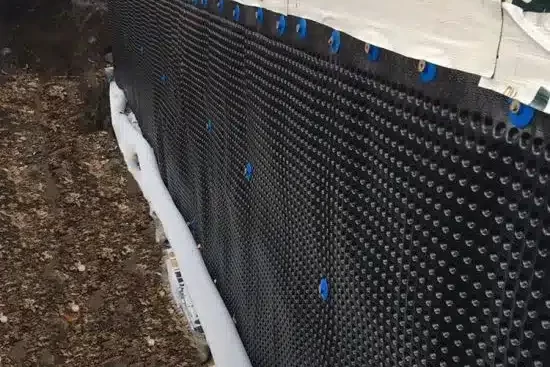
A geocomposite drain is a layered geosynthetic product combining a drainage core—typically a geonet or cuspated sheet—with a geotextile filter. This configuration allows for efficient water conveyance while preventing soil intrusion, making it ideal for applications like foundation drainage, slope stabilization, and landfill leachate collection.
What Are the Advantages of Using Geocomposite Drains Over Traditional Gravel Systems?
Geocomposite drains offer several benefits over conventional gravel-based drainage systems:
- Reduced Material Usage: They replace bulky gravel layers, leading to lighter construction loads.
- Enhanced Flow Capacity: The design facilitates higher flow rates, improving drainage efficiency.
- Simplified Installation: Their lightweight nature and ease of handling reduce labor and installation time.
- Cost-Effectiveness: Lower material and transportation costs contribute to overall project savings.
These advantages make geocomposite drains a preferred choice in various civil engineering projects.
What Are the Primary Applications of Geocomposite Drains?
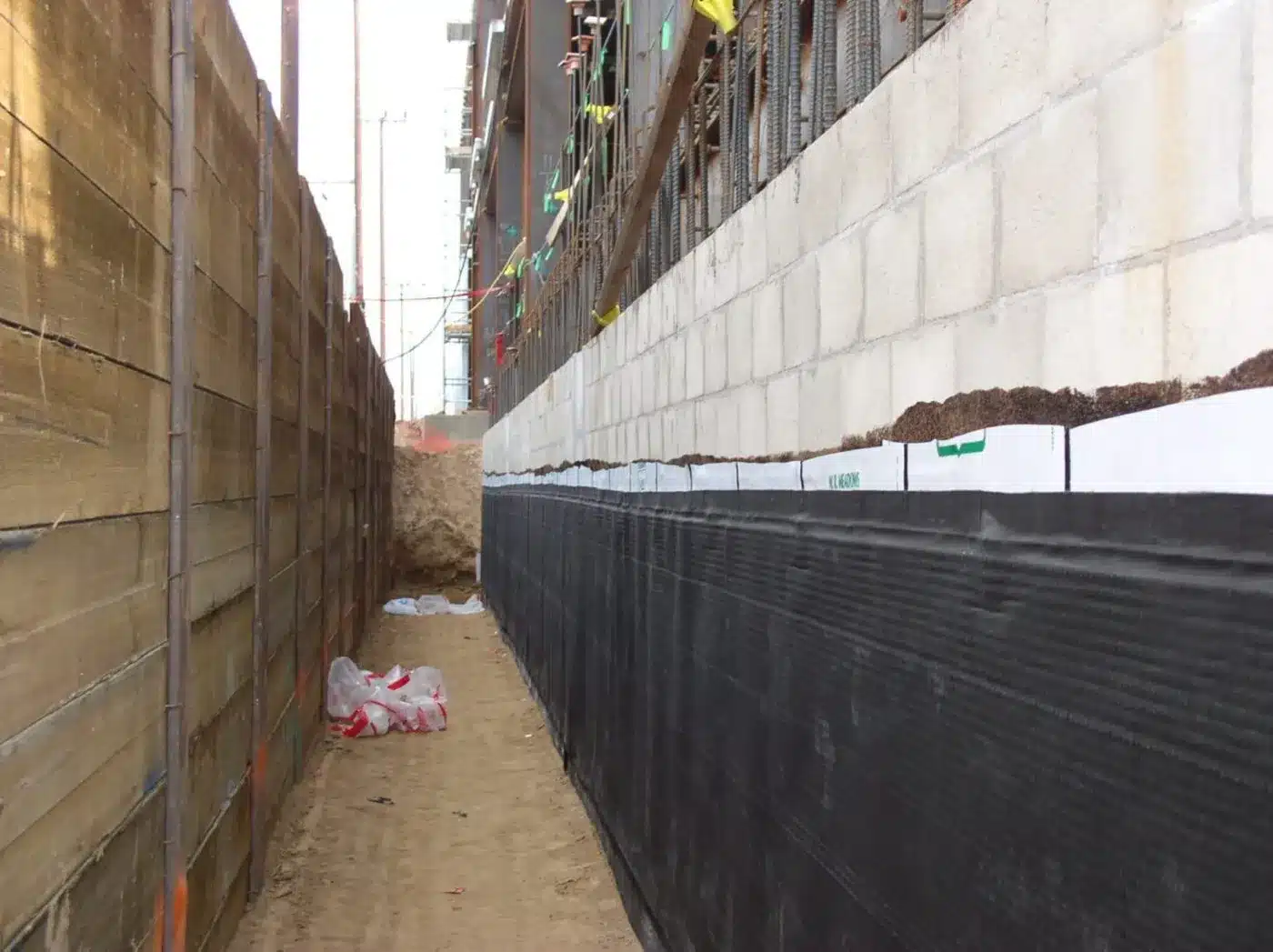
Geocomposite drains are versatile and utilized in multiple applications:
- Highways and Roadways: They intercept lateral groundwater flow in road drainage systems, enhancing slope stability and road longevity.
- Landfills: Serve in leachate collection systems, preventing contamination and ensuring environmental compliance.
- Building Foundations: Protect structures from hydrostatic pressure by directing water away from foundations.
- Erosion Control: Aid in managing water flow in erosion control projects, preserving soil integrity.
What Does the Industry Say About the Growth of Geocomposite Drains?
The geocomposite drain market is experiencing significant growth:
- Global Market Size: Valued at USD 1.2 billion in 2023, projected to reach USD 2.4 billion by 2032, growing at a CAGR of 7.2% (Source: dataintelo.com).
- U.S. Market Insights: In the United States, the geocomposites market is anticipated to rise from USD 109.6 million in 2025 to USD 151.4 million by 2032, at a CAGR of 4.7% (Source: persistencemarketresearch.com).
This growth is driven by increasing infrastructure development, stricter environmental regulations, and the demand for sustainable drainage solutions.
Geocomposite drains are revolutionizing drainage systems in civil engineering by offering efficient, sustainable, and cost-effective solutions. Their growing adoption underscores their importance in modern infrastructure projects. Understanding their benefits and applications can assist professionals in making informed decisions for future geosynthetic drainage systems.
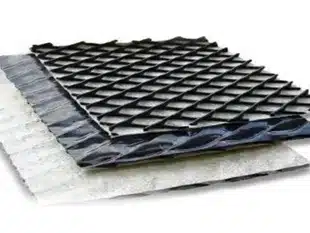
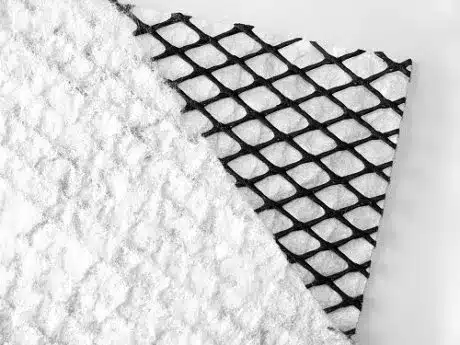
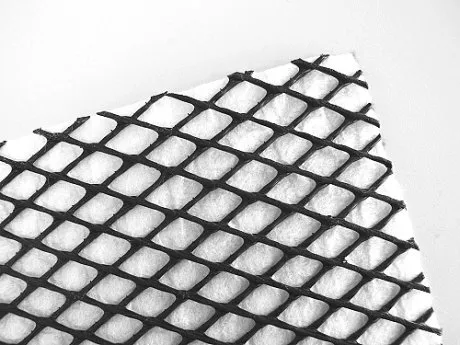
Comments
Post a Comment